 Humanities and arts
Humanities and arts
Conservation and restoration at home
Research of various types of works of art, comprehensive conservation and restoration of historical objects, creation of conservation projects and development of new conservation and restoration methods will be carried out by the staff of the newly established Centre for Research and Conservation of Cultural Heritage at the Nicolaus Copernicus University
The Centre was established at the Faculty of Fine Arts. A new facility at 30/32 Sienkiewicza has been equipped with state-of-the-art scientific and research equipment, including. XRD micro-diffractometer, portable digital X-ray polarization microscope system, XRF spectrometer, metallographic microscope, modern duplication tables, aging climate and light chamber, FTIR infrared spectrometer with ATR microscope, micropedometry set, 16-bit scanning infrared reflectography system, multispectral imaging system, 3D scanners and printers, and specialized photographic equipment. In total, the works of art conservators and restorers in Toruń will have about 115 new pieces of equipment at their disposal.

Andrzej Romański
We are opening one of the most modern facilities at the Nicolaus Copernicus University, both in terms of architectural solutions and equipment, says Prof. dr. habil. Andrzej Sokala, NCU Rector. - It will remain a landmark and pride of our university for good. However, the building and its equipment are only conditions that will create opportunities for the development of the Toruń school of conservation: without its experience and achievements, neither this beautiful building nor the modern apparatus would make sense.
The Rector reminded that the construction and equipping of the building had required many years of preparation and efforts by the authorities and staff of the Faculty of Fine Arts and the Nicolaus Copernicus University, as well as numerous partners, including the local government of the Kujawsko-Pomorskie Voivodeship, the gmina of the city of Toruń and the Higher School of Economy in Bydgoszcz.
The Centre, with more than 4,000 square meters of total space, houses five laboratories: Research and Conservation of Architectural Elements and Details, Research and Conservation of Painting and Polychrome Sculpture, Physical-Chemical and Non-Destructive Testing, Research and Conservation of Paper and Leather, Research and Conservation of Modern Art, and two laboratories: the Photographic Laboratory and the Architectural Artefacts Inventory and Research Laboratory.

Andrzej Romański
The concept of historic preservation as an interdisciplinary field, using the research methods of natural sciences, humanities and technical sciences, has a tradition of over 70 years at the NCU Faculty of Fine Arts, which we are very proud of, and which has resulted in the establishment of the Centre for Research and Conservation of Cultural Heritage at the NCU Faculty of Fine Arts in Toruń, says dr habil. Magdalena Iwanicka, NCU Prof., director of the Centre. - The facility will start operating in 2023. It will conduct research and service activities in the broad field of cultural heritage preservation. We will perform both technological and restoration studies, as well as practical conservation and restoration of heritage objects. In addition to expert opinions on works of art, we will also offer other research for the needs of external partners, including studies of the composition and properties of materials produced or planned for implementation.
The Toruń University has long sought and used innovative ways to learn about, preserve and restore the works of art. Recently, thanks to the use of the technique of dendrochronology, researchers from the Faculty of Fine Arts at the University have determined that wood from over 100-year-old oak trees felled in 1479 in the royal Niepołomice Forest was used by Wit Stwosz to build the structure of the altarpiece in Cracow's St. Mary's Basilica. In 2000, thanks to the combined efforts of physicists from the Institute of Physics and art restorers from the Faculty of Fine Arts, a globally unique method of non-invasive examination of paintings was developed, which was used, among others, during the restoration of works of Van Gogh and Leonardo Da Vinci. Now the possibilities for interdisciplinary research will increase even further.

- The 550th anniversary of the birth of our patron, Nicolaus Copernicus, is approaching, says Prof. Sokala. - This is an important time for our community, reminding us of all those qualities of Copernicus that also became the foundation for the development of the Toruń school of conservation and the achievements of successive generations of conservators: broad horizons, versatility of interests, deep knowledge, meticulousness and perseverance in work, genius and courage. This is also the time when our city remembers the twenty-fifth anniversary of its inscription on the UNESCO World Heritage List. We think with satisfaction that Toruń's historic objects are regaining their unique beauty thanks in large part to the staff, students and graduates of conservation at our University.
The centre will offer commissioners: identification of workmanship technique and historical layers present in the historic object or work of art, assessment of the state of preservation, determination of material properties, cause of damage, research: origin, time of creation of the object's authenticity, conservation materials, including strength testing of materials and structures used in conservation and restoration, aging research (including light aging with simulation of changing weather conditions) along with assessment of changes in color and surface gloss. The conservators will also develop detailed restoration work programs for the historic object, perform conservation and restoration of the historic object, and prepare restoration documentation.

The construction and equipment of the Centre cost nearly PLN 39 million. Most of this amount - more than PLN 30 million - came from the European Regional Development Fund under the project Monumentum Sonus Visio. Academic Centres for Creative Industries of Culture, Art and Historic Preservation.
Erbud is the project's designer and contractor of the building. The three-story edifice was founded on the plan of the letter "L" and, with the help of the facade divisions and shape, was made to resemble a city tenement house. However, the facades made of concrete, glass, copper and sheet metal prove that the building was built contemporarily and only refers to the traditional buildings of Toruń. Works started in 2018, and construction began in the winter of 2020.
The project is being implemented as part of a alliance between the Nicolaus Copernicus University in Toruń and the Higher School of Economy in Bydgoszcz. Five research laboratories located in WSG buildings have been set up along the Brda River: Sound, Design Printing, Audio-Visual, Usability and Neurocognitive Science, Programming, Software Design and Rapid Prototyping, and Robotics Systems.
The total value of the project was more than PLN 50 million, with EU funding exceeding PLN 38 million.
 NCU News
NCU News








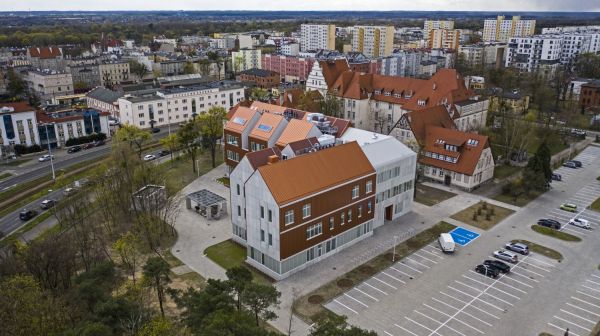


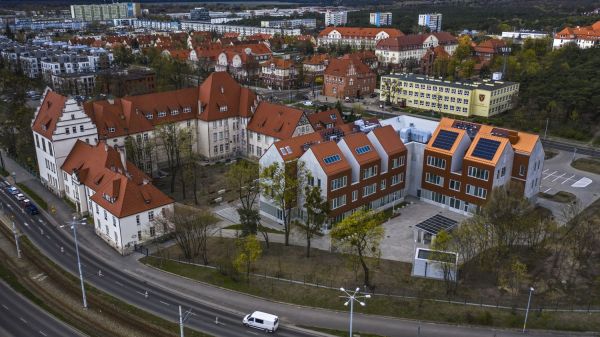
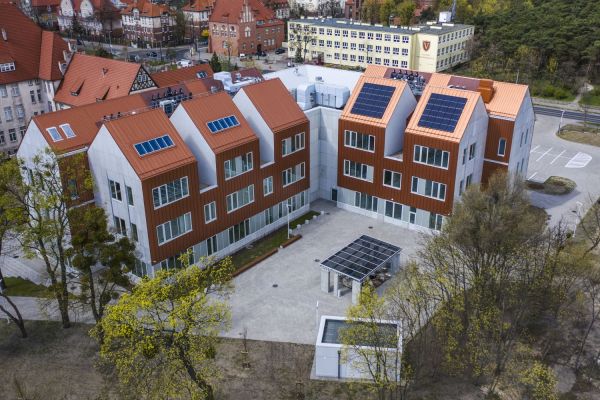
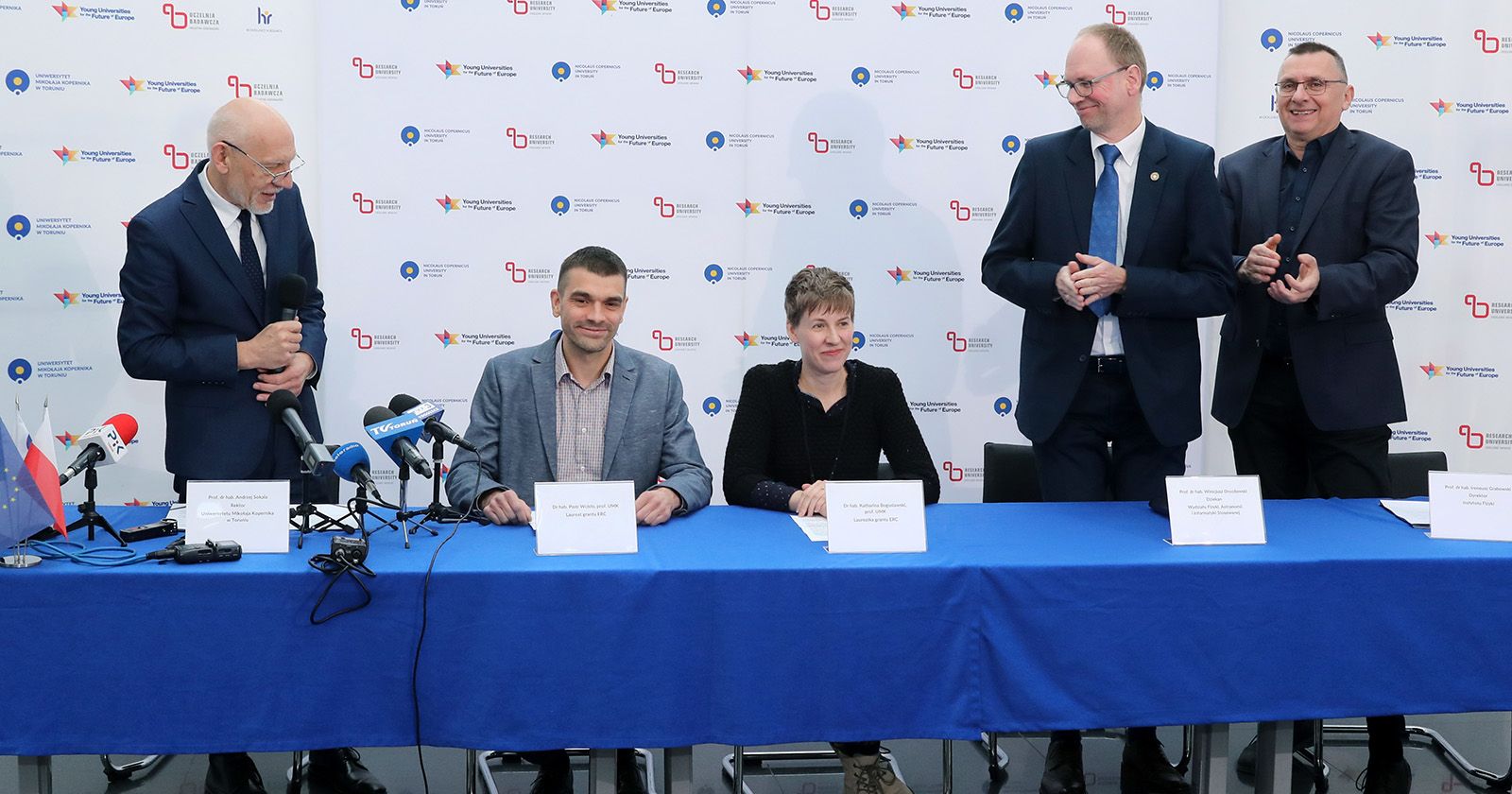 Exact sciences
Exact sciences

 Humanities and arts
Humanities and arts

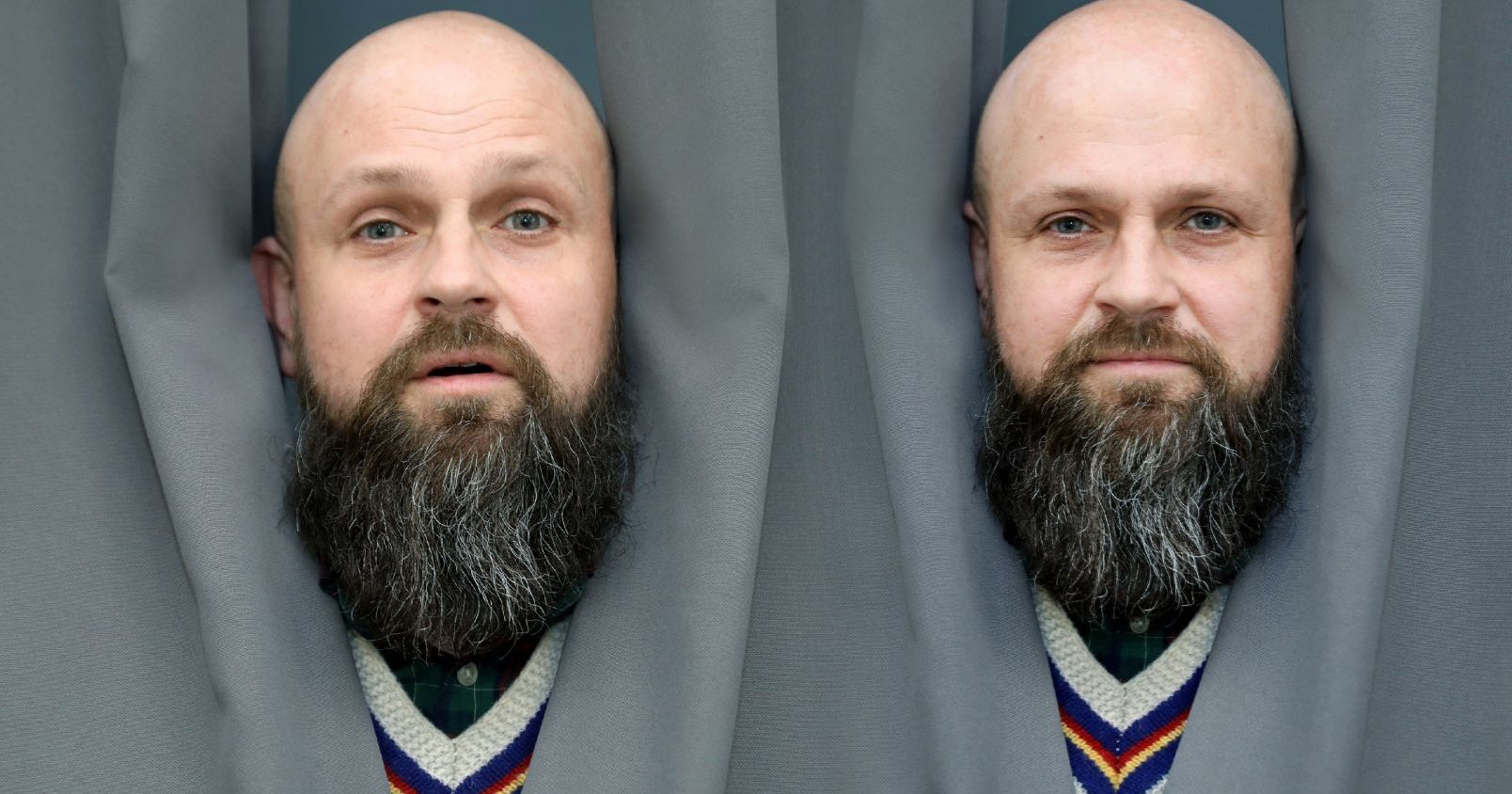 Humanities and arts
Humanities and arts
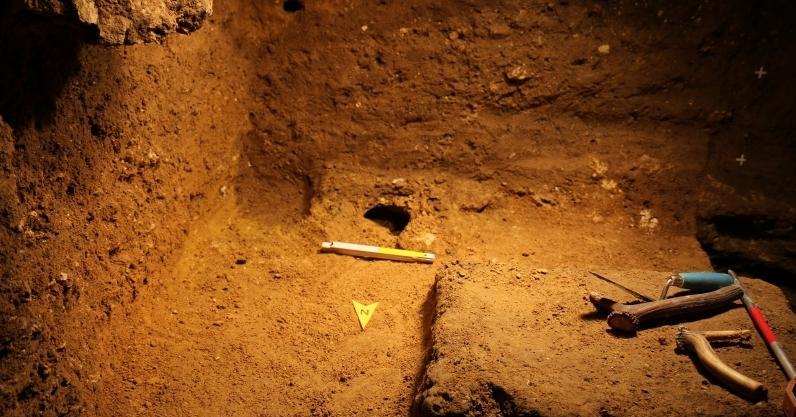 Humanities and arts
Humanities and arts